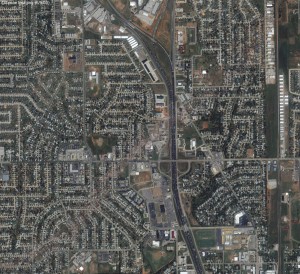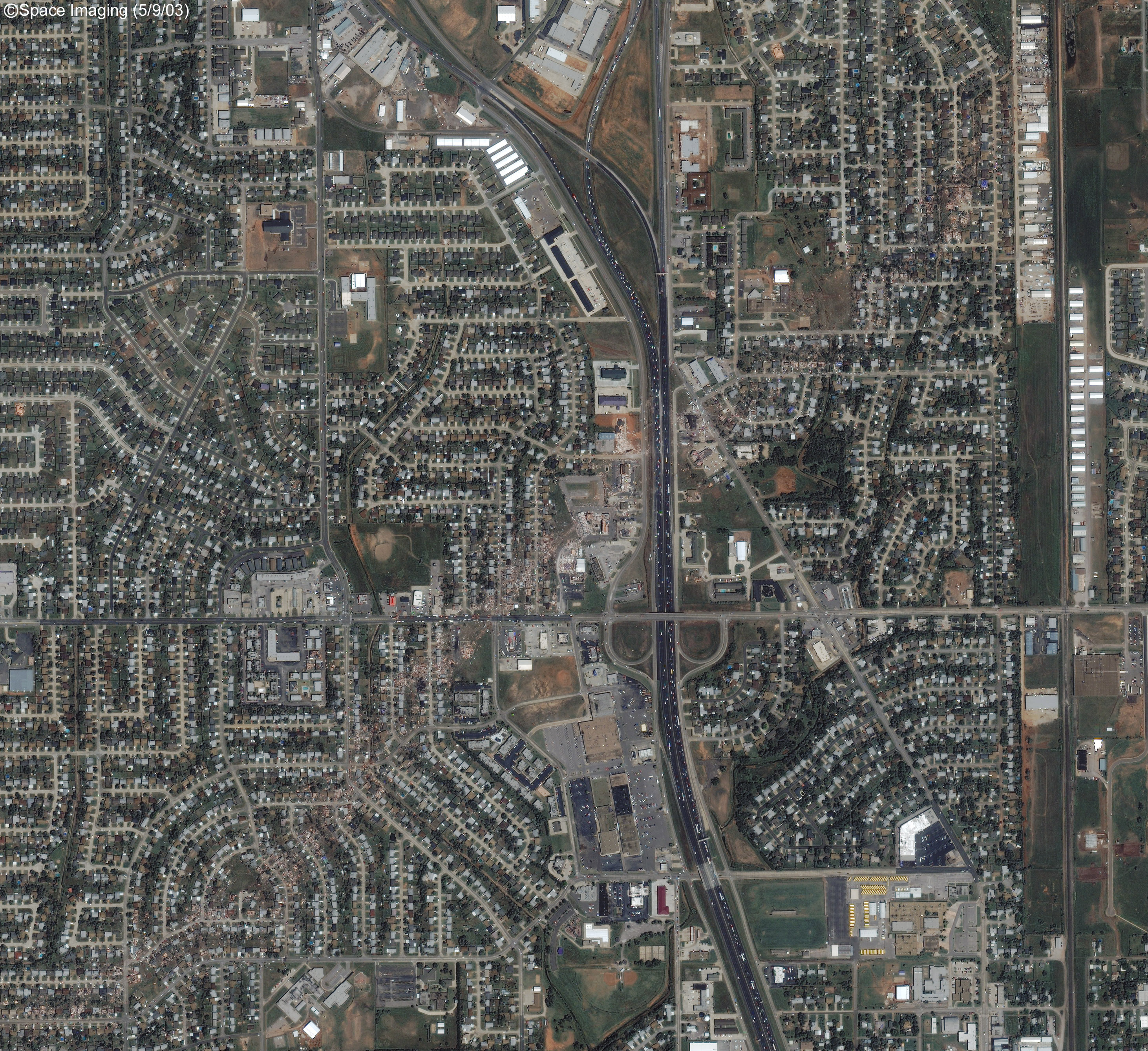
For the last half-century growth in major metropolitan areas has developed outward.
According to the Triangle Transit Authority, the population of the greater Triangle area has nearly quadrupled over the last 50 years to 1.5 million and is expected to grow to 2.5 million by 2025. The availability of cheap land has since dispersed people out of dense urban core outward creating suburban sprawl, especially here in North Raleigh.
Dr. Stone, AP Environmental Teacher and frequent bike rider, said, “Urban development has unfortunately not focused on smart growth, and for that we pay the price for it.”
Currently, major cities in North Carolina and across the country have recently joined into the new urbanism movement. Tom Low, urban planner, explained New Urbanism best during his interview with Carolina Living.
“A true New Urban community is marked by some retail and gathering places, as well as interconnected streets and a blending of different kinds of homes into a cohesive whole.”
Living in North Raleigh for 11 years, I have developed mixed feelings about the suburban lifestyle. These communities provide a comfortable family-oriented atmosphere. The air is generally cleaner, most schools are generally safer and land to build single-family houses is cheaper than inner city neighborhoods.
Since I’ve started running track and cross country, I’ve noticed the lack of sidewalks outside the neighborhoods. As population density of the suburbs increase, the demand for pedestrian travel will continue to increase, legitimising the need for smart pedestrian friendly communities. development of growth when it comes to pedestrian friendly communities in the near future.
Raleigh is a perfect example of poor pedestrian infrastructure. According to Walkscore in 2011, Raleigh’s walkability score is 36 [100 walkable, universal access to amenities; 0 car-dependent], making it the thirty-sixth most walkable out of 50 among major cities over 250,000 residents and a transit score of 23. Asheville, in comparison, has a walk score of 50 and Winston Salem scores at 94!
Most neighborhoods inside the 440 beltline are Pre-World War II streetcar suburbs [hence the name], with a grid street plans. Communities outside the beltline score low.
For example, Springdale scores at a 33/100, Wood Valley scores a 3, and Harrington, a recently built community quite dense in nature scores a 2 with only one store within its one mile radius.
The only way to ensure safety for pedestrians: walkers, bikers, and runners is to provide sidewalks on major 2 and 4 lane roads; Strickland, Ray, and Leesville Road especially.
There are parks and networks of greenway trails; however, most trails require a car to access them. William B Umstead for example requires a car to safely reach it with Glenwood Ave and I-440 impeding pedestrian travel into the park. Recently there have been efforts by city council to extend the greenway trails and improve access.
Another issue for suburbanites is the dependence of car and the spiking gas prices.
Since 1999, gas prices adjusted for inflation have spiked up 200 percent currently hovering in the $3 and $4 making the experience of driving the car to school, activities outside school, and to stores expensive and inefficient. For workers, their average commute time averages 22 minutes here in Raleigh and 25.18 minutes for the greater RTP/RDU metro.
I’ve recently traveled to many older industrial cities; Washington DC, Baltimore, and Philadelphia.. These cities all have one thing in common: extensive mass transit services, walkable communities with shops centered on one street and compacted
city centers. These dense neighborhoods provide a sense of closeness within the
community despite the gritty urban setting.
Comparing the development patterns of Raleigh to Philadelphia is like comparing apples to oranges. As the Triangle area begins the early stages of planning mass transit, developers should look at a city just two hours away as a model for smart growth.
Charlotte, NC, despite lacking the “urban” appeal of larger, older cities, has recently progressed with sustainable urban development. Recently, the city has built its uptown business district, where many high rise residential buildings and new civic centers have been built.
According to a study conducted by NGA on development along the LYNX light rail line, the first in North Carolina, construction on residential and commercial development has quadrupled over the last five years to 1.886 billion dollars and 6,659 residential units have developed within ten minutes walking distance to the LYNX in Charlotte South End.
Light rail networks are modern intercity commuter railways designed to carry passengers from residential neighborhoods to business districts and other city attractions. They are alternatives to driving in a car or riding diesel fueled buses, saving money spend on gasoline and reducing gridlock on major roads.
Combined retail and office construction has amounted to 1.5 million square feet. This proves how mass transit regenerates growth and development in blighted inner city districts into vibrant, mixed used and pedestrian oriented communities.
In order to make these mass transit developments possible, Raleigh residents need to understand that car-dependence is not sustainable for the long-term if current population growth of the metro area continues.
I am not criticizing people for owning a large house on a one acre lot; everyone has the free-will to purchase a home anywhere they choose. I am just encouraging everyone to take part in making their communities and the city as a whole a more sustainable, convenient place to live and work.
Adding city services like sidewalks will encourage more people to bike and walk places. Mass transits connecting the suburbs to the inner city will encourage sustainable development, reduce traffic gridlock and reduce the environmental footprint driving cars.
The process of transforming Raleigh from a collection of suburbs to a dense, sustainable community will be the main challenge in the coming years. With the implementation of new urbanism [planning new dense urban-like settings in suburban areas] and mass transit will improve the city’s infrastructure and quality of life for years to come.

Leave a Reply